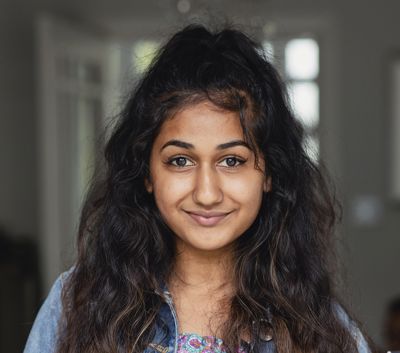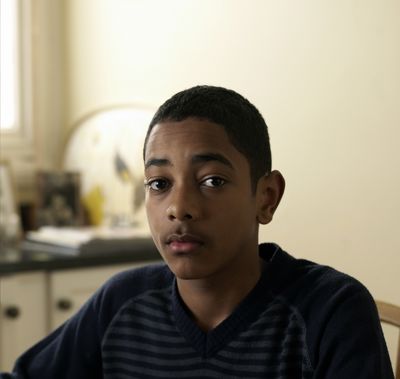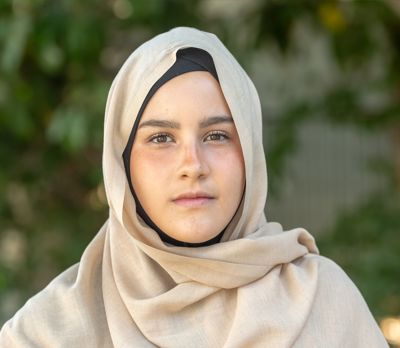Caught in the middle: The young people too complex for schools, but ‘not complex enough’ for CAMHS
06/11/2024
Amy sits in her bedroom, scrolling through another mental health app her parents downloaded.
At 15, she's been struggling with severe anxiety and low mood for months. Her teachers noticed her declining attendance and suggested that she get support from the Mental Health Support Team. While she enjoyed the sessions, the support was not regular and intensive enough for her needs and Amy's mental health continued to deteriorate.
When her GP referred her to Children and Adolescent’s Mental Health Services (CAMHS), Amy was told her symptoms weren't severe enough to meet their threshold. Now, Amy and her family feel stuck in limbo – her needs too complex for school-based support but not "acute" enough for specialist services.
Amy’s story likely reflects thousands of young people in what mental health professionals call the 'missing middle'. These are children and young people who fall through the gaps between different levels of mental health support.
While it's challenging to determine the exact size of this group, the scale is significant – potentially including many of the 372,800 young people whose referrals were closed before they received CAMHS support in 2022-23. More research into the experiences and needs of young people in the missing middle is needed.
The good news is that solutions are emerging.
Mental Health Support Teams (MHSTs), which were established to help young people manage common mental health problems like anxiety and depression, are being rolled out ahead of schedule and are expected to reach 50% of pupils by spring 2025.
Driven forward by advocates in the children and young people’s mental health sector, a MHST+ model is being delivered in some areas, and in this model, specialist practitioners can provide more intensive support for young people who might otherwise fall into the 'missing middle'.
Early support mental health hubs are spaces that young people can visit in their communities to receive wrap-around support. These hubs can also sometimes be scaled up or down based on individual needs, bridging the gap between different levels of support. The charity sector has shown a remarkable ability to adapt their hubs to meet the unique needs of young people in their communities, preventing them from slipping through the cracks.
Looking ahead, there's hope that the 'missing middle' will shrink as mental health services receive more investment. Increased resourcing for both CAMHS and MHSTs will enable these services to support a broader range of young people, potentially catching many before they fall into the gap.
For young people like Amy, the development of bridging services and further investment in existing services can't come soon enough.
While we continue to advocate for better funding and more comprehensive mental health support, it's important to remember that behind every statistic is a young person and their family searching for help.
By shining light on the 'missing middle' and working to bridge these service gaps, we can ensure fewer young people face the challenge of navigating mental health difficulties alone.




